-thanks for the silver rank
AG-1 cockpit
AG-2
AG-3 fuel ejection
AG-4 weapons ejection
AG-5
AG-6
AG-7 Hook deployment and AG-8 engines
--History
photo of the PT-08 -1958

Name: EAF-65 "Vortex II"
Origin: European Aero-Fighter (EAF) consortium, comprising France, West Germany, Italy, and Belgium.
PT-10 (1959)

PT-17 1960

Development Context
In response to the limitations of the F-104 Starfighter and increasing Cold War tensions, several European nations launched a joint project in 1961 to develop a supersonic multirole fighter and interceptor. The goal was to counter the Soviet MiG-21 while offering greater reliability and manoeuvrability than the Starfighter.
The result was the EAF-65 Vortex II, a sleek aircraft featuring swept wings (not delta) with leading-edge root extensions to enhance lift at low speeds.
Technical Specifications
Engine: Euroram T.68 turbojet with afterburner (based on the Rolls-Royce Avon)
Maximum Speed: Mach 2.15
Service Ceiling: 19,500 m
Range: 1,700 km standard; up to 3,200 km with drop tanks
Radar: EWS-7 multi-mode radar, capable of tracking up to 4 targets simultaneously
Armament
2 × 25 mm cannons mounted at the wing roots, 500 rounds each
4 × long-range missiles (Matra 530, Skyflash, or European equivalents)
2 × short-range missiles (R.550 Magic or similar)
Combat Performance
The Vortex II proved vastly superior to both the MiG-21 and the F-4 Phantom in close-range air combat:
More agile than the F-4 thanks to its wing design and thrust-to-weight ratio
Capable of outmanoeuvring the MiG-21 while retaining better energy and stability
At long range, it outperformed the MiG-21 but remained slightly inferior to the F-4 in terms of radar and active radar-guided missile capabilities
Operational History and Exports
First flight: 4 February 1965
Entered service: March 1968
Total built: 2,120 units (production ended in 1982)
Primary Users:
France
West Germany
Italy
Belgium
Israel
India
Thailand
Indonesia
Philippines
Combat Service
Israel deployed the Vortex II during air clashes in the 1970s, particularly against Syrian MiG-21s. In several documented engagements, the Vortex II achieved an impressive kill ratio, thanks largely to its powerful cannons in dogfights.
India used the aircraft for high-altitude border patrols, while other Asian nations operated it primarily in the interceptor role.
Retirement
The Vortex II remained in service in some countries until the mid-2000s, particularly in upgraded variants (featuring Doppler radar, new ejection seats, and data-link systems). It was eventually phased out in favour of aircraft like the Mirage 2000, Tornado, and F-16.
Specifications
Spotlights
- xYoshii_ 7 months ago
- RicardoACE 7 months ago
- Khanhlam 7 months ago
- SuperSuperTheSylph 7 months ago
- Panzerwaifu 5 months ago
- GeneralCorpInc 7 months ago
- Rjenteissussy 7 months ago
- ChihiroFujisaki 7 months ago
- FartResidue 7 months ago
- LettuceRob119 7 months ago
- MIGFOXHOUND31BSM26 7 months ago
- Erionh 7 months ago
- Sciskymaster 7 months ago
- Wiz 7 months ago
General Characteristics
- Predecessor EAF-18 Beckneler 1Z2
- Created On Android
- Wingspan 41.5ft (12.6m)
- Length 62.2ft (19.0m)
- Height 19.0ft (5.8m)
- Empty Weight 19,052lbs (8,641kg)
- Loaded Weight 32,214lbs (14,612kg)
Performance
- Power/Weight Ratio 6.069
- Wing Loading 75.3lbs/ft2 (367.7kg/m2)
- Wing Area 427.8ft2 (39.7m2)
- Drag Points 7036
Parts
- Number of Parts 375
- Control Surfaces 5
- Performance Cost 1,678

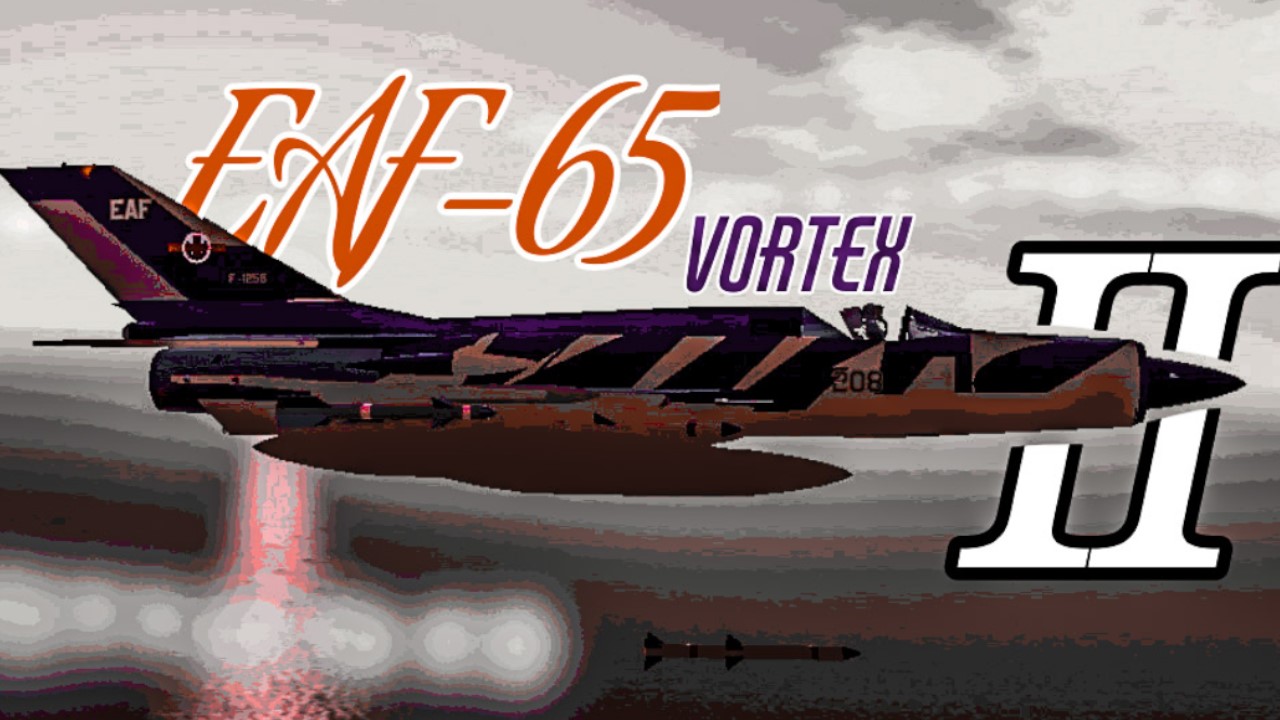

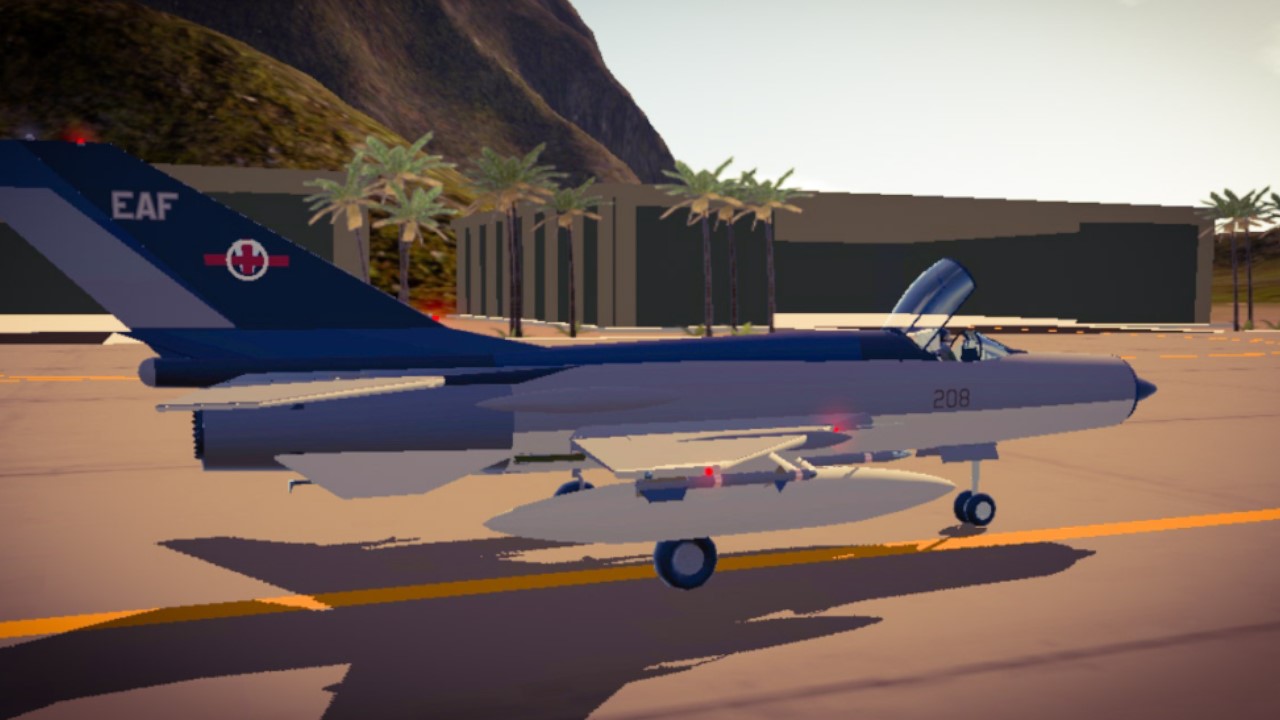
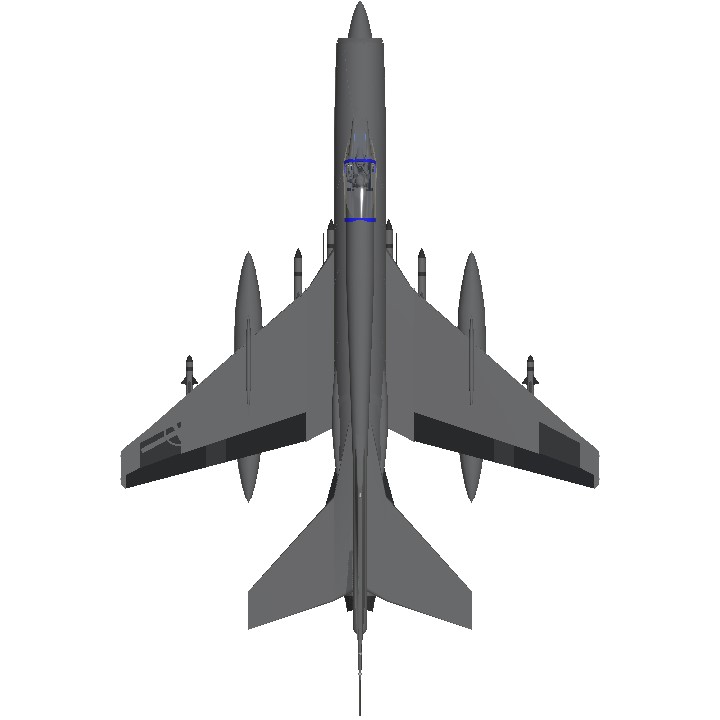
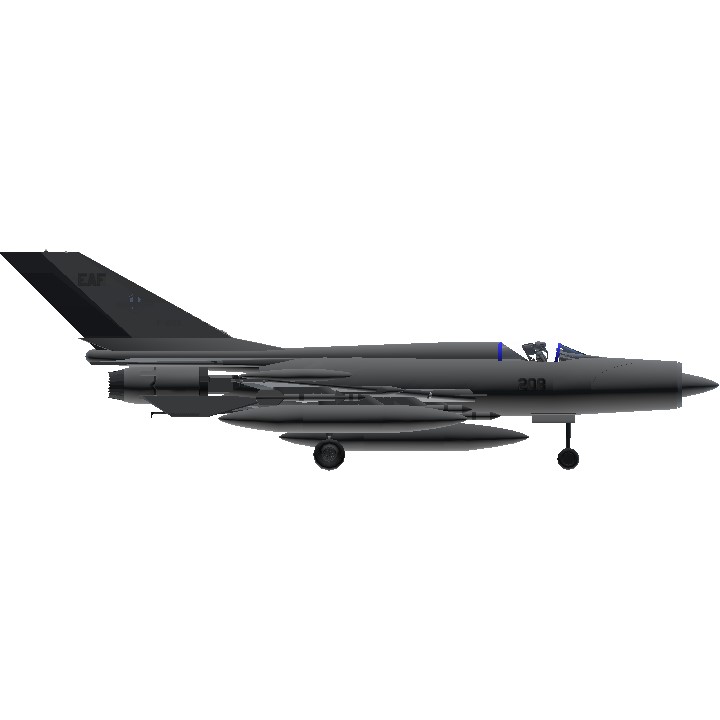
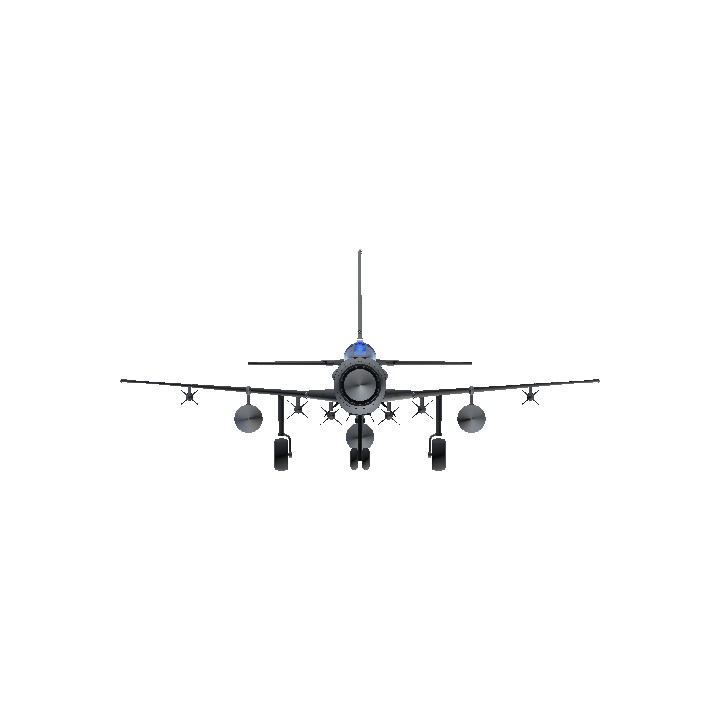
@novaskytwt
Well, not anyone likes realism, it's totally alright, you don't have to sorry for it, you did what you desired for.
@Khanhlam I don't know how to balance planes, sorry
I'll try to make a plane that's more logical next time
This jet is too OP lol, I'm sure your description is wrong lol, this jet is too agile, too fast.
But overall, nice jet, just don't forget to add varibles to the HUD.
@Sciskymaster bruh, do you want a slap?( ╹▽╹ )
Peak
Prahm
wow, very nice! :D
also, very MiG-21 ahh lol
I am very proud of you, I knew you had colossal potential. Keep going, I promise you can be platinum in less than a year (〃^^〃)
@GeneralCorpInc Thanks you😭, I'll try to improve, what you're saying really encourages me a lot(◍•ᴗ•◍)
Now that's beautiful.
I was right to follow, proud of my own decision!
You got amasing potential btw